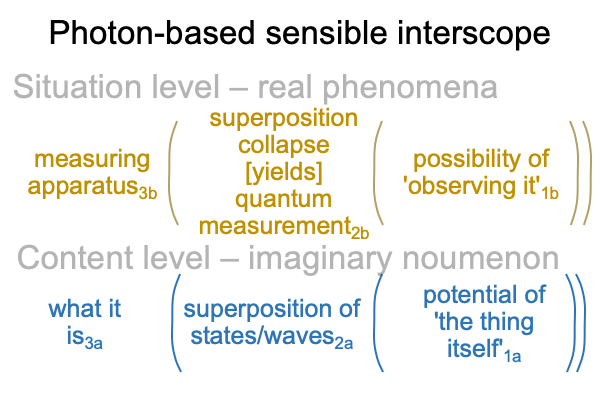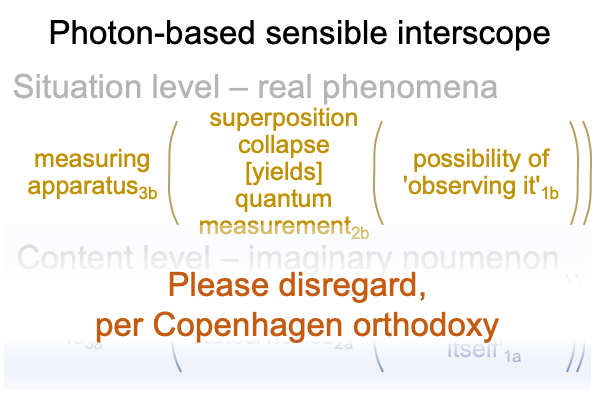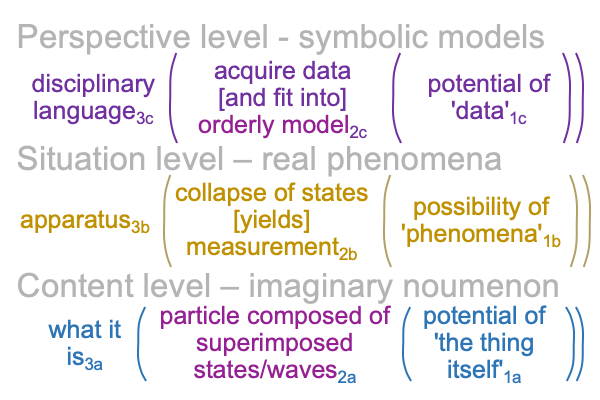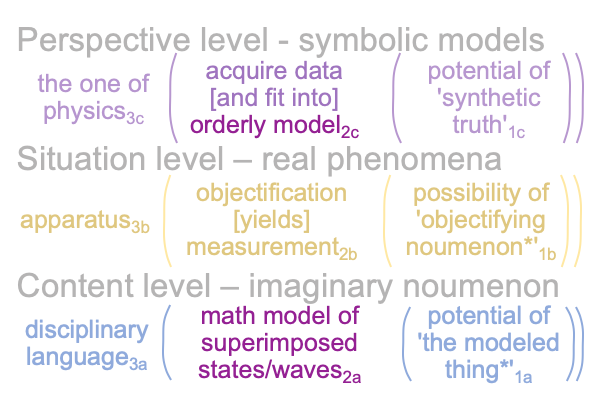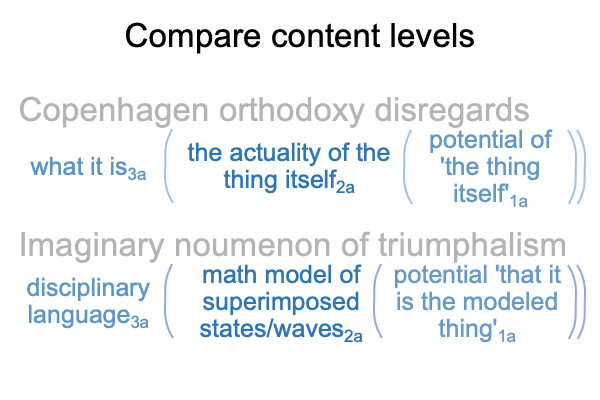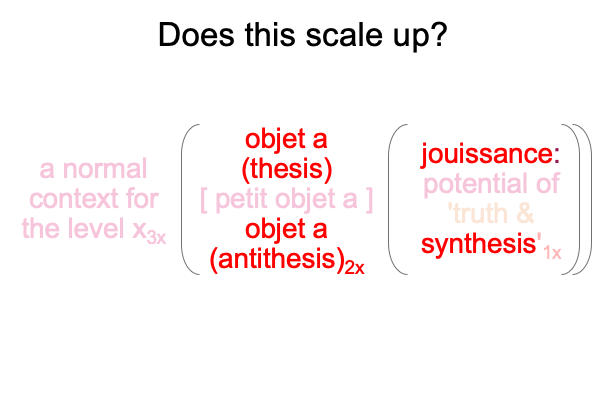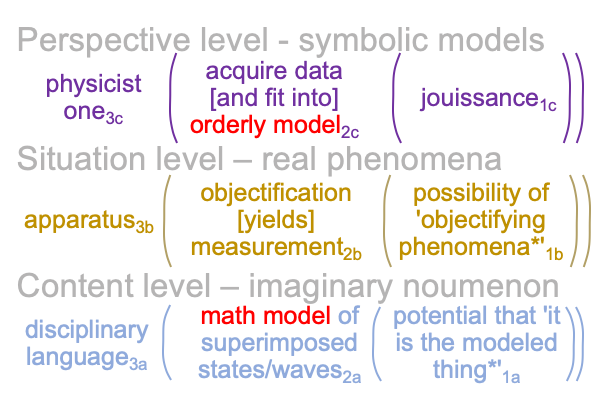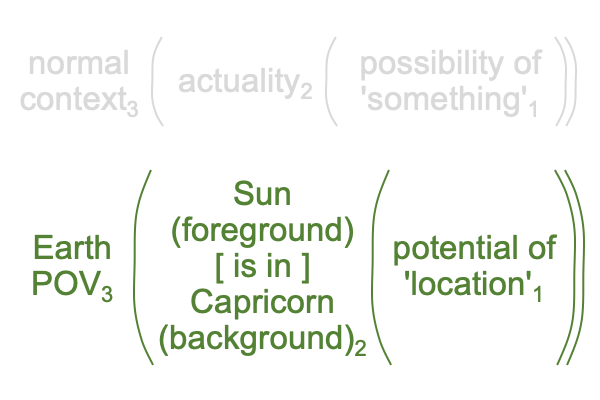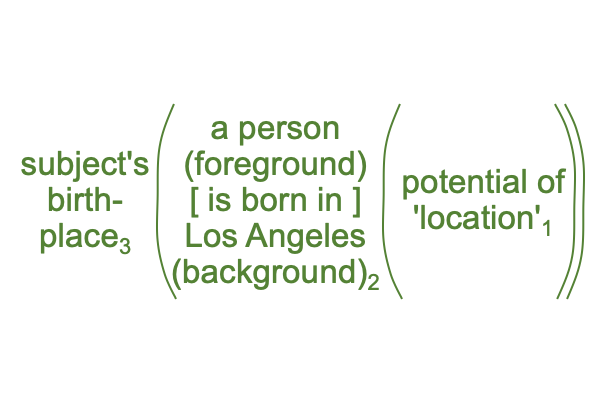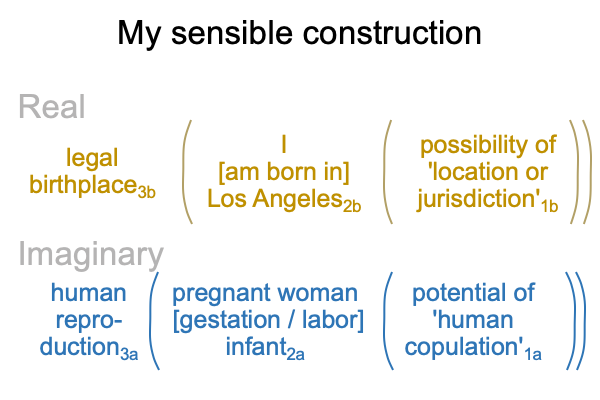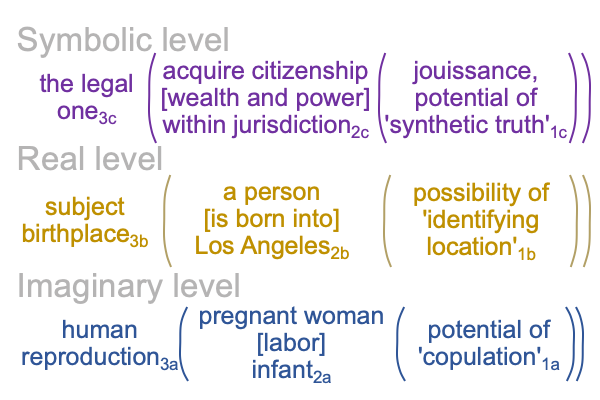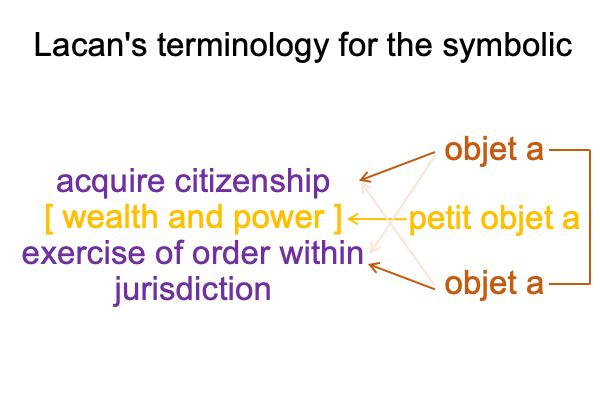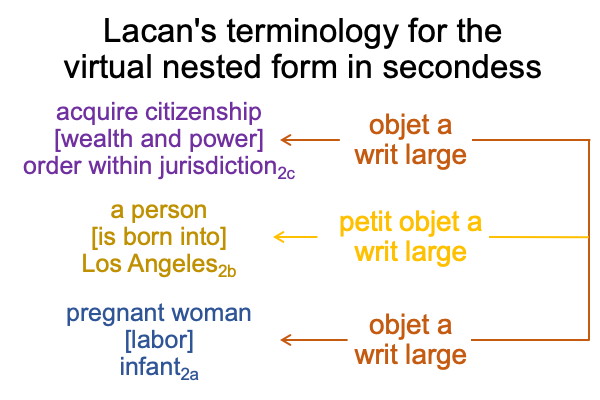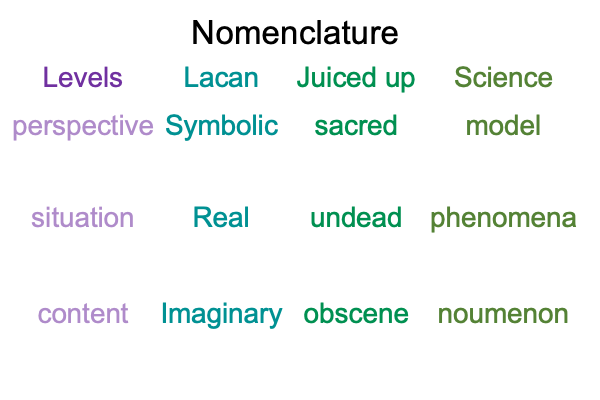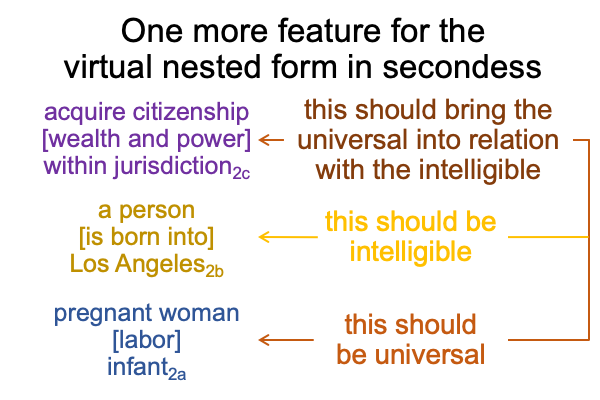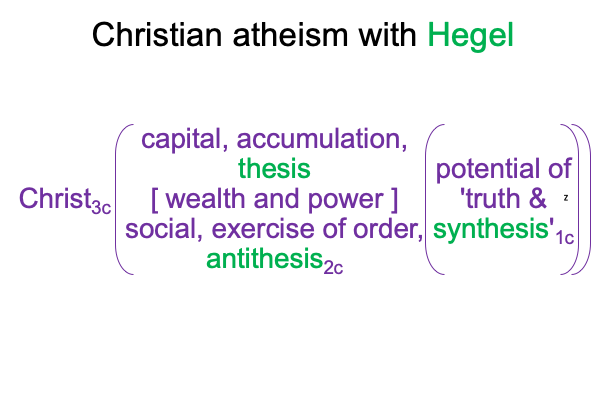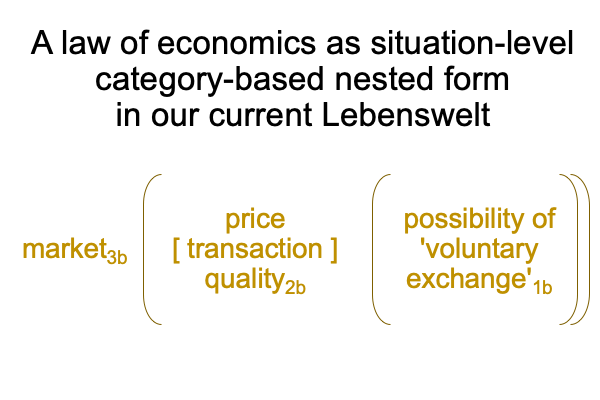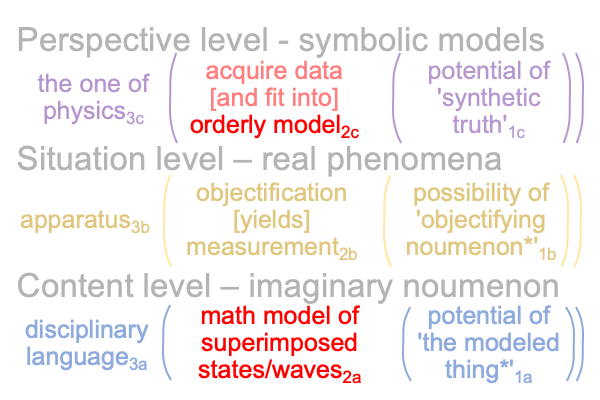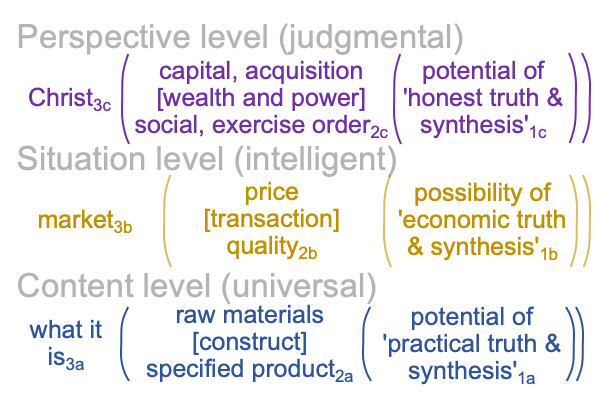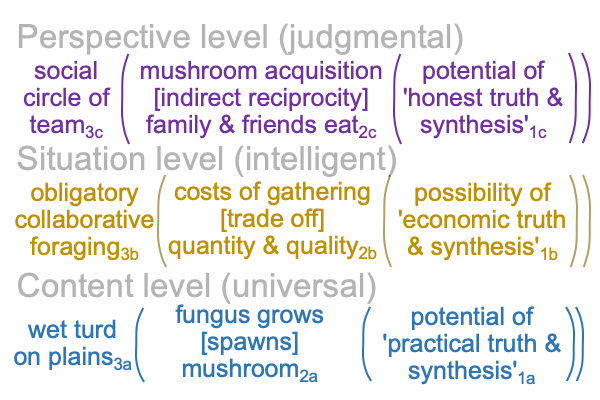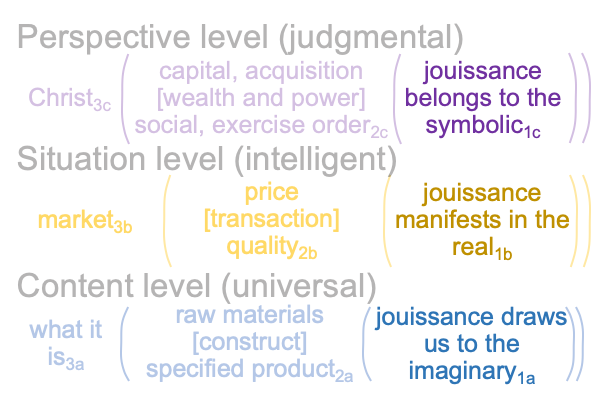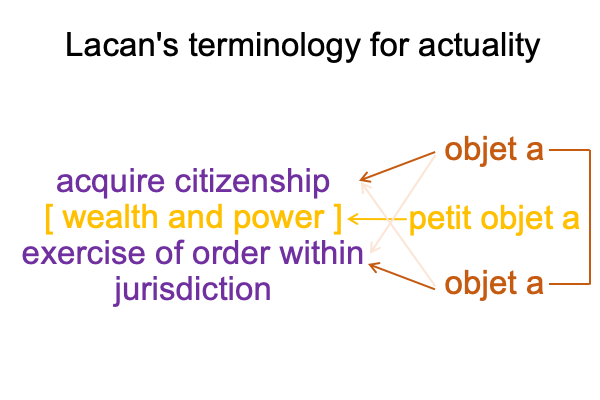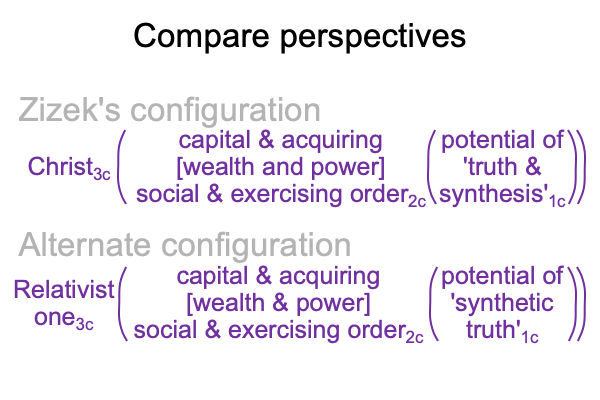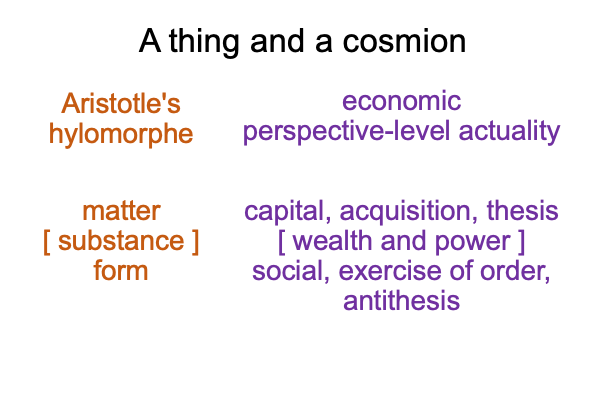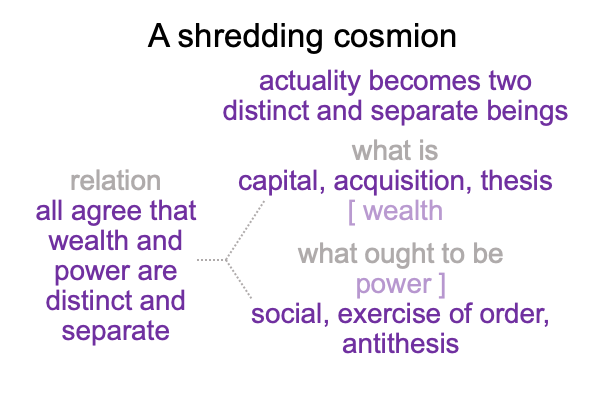Looking at Slavoj Zizek’s Book (2024) “Christian Atheism” (Part 17 of 33)
0183 Zizek asks, “How can reality itself be wrong?”
Perhaps, ‘what is’ of the Positivist’s judgment is a good place to start.
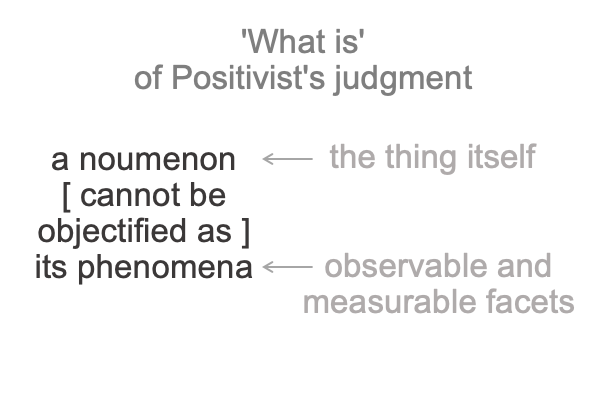
0184 The empirio-schematics of quantum mechanics says that… as far as science is concerned… all we can do is observe and measure phenomena. The model, based on data, is enough to hold the scientist’s interest.
Zizek responds by asking whether there is more to quantum phenomena that what our scientific measuring devices allow us to see. Can there be hidden variables that may theoretically be measured, if only we could devise the apparatuses to measure the phenomena?
Who knows?
0185 Well, there is Bell’s theorem. Bell’s theorem provides a criteria concerning the likelihood that another measurement apparatus could exist that would reveal a hidden variable.
For example, a metal-plate apparatus detects a photon (a quantized particle of light) as a particle. An interferometer detects a photon as a wave. Do the data correlate to such an extent as to rule out a third apparatus based on phenomena that does not classify light as either particle or wave?
0186 Well, it turns out that the 2022 Nobel Prize in Physics goes to scientists who observe that photons can be entangled.
Entangled?
It is as if one machine in an airport issued two identical decks of cards. Then, the two decks are given to two peoplewho are leaving the airport to totally different destinations. Upon arrival, the person is instructed to go to the hotel bar, shuffle the deck, and have the bartender randomly select one card. Then, the person calls in the identity of the selected card to a tabulator at the university near the airport.
0187 Of course, this study has been criticized as a scam to pay for drinks to university employees going to conferences around the world. Please ignore such petty accusations.
0188 What do they find?
When the card from one deck, say in Barcelona, is first selected, and say, turns out to be the queen of spades, then the card from the other deck, say in Moscow, turns out to be any card other than the queen of spades.
After continuing the experiment for years, the observation never changes, even though each deck is perfectly identical at the moment of manufacture.
0189 Of course, this is impossible. But, the story gives a taste of spooky at-a-distance measurements of the polarization (wave-property) of photons, emanating from one source and travelling in opposite directions at the speed of light.
But, I ask, “Why does Zizek bring up highly technical contemporary research in physics in order to establish his point? Why not rely on quantum mechanical concepts that have been around for decades? Aren’t they strange enough?”
0190 Consider a chemistry experiment as the apparatus.
I start with carbon that has been atomized in a vacuum. With respect to the outer orbitals, four electrons enter in the configuration of 2s22p32 (two electrons in spherical 2s and two electrons, in the three degenerate 2p orbitals). Now, I slowly leak in some H2 (gas), which immediately reacts as four hydrogen atoms (1s1). I observe a gaseous chemical product, CH4, consisting of 8 electrons in the outer carbon orbitals and four hydrogen nuclei (H+) hanging within four degenerate orbitals centered on the carbon and occupied by electrons.
0191 Here is a picture.
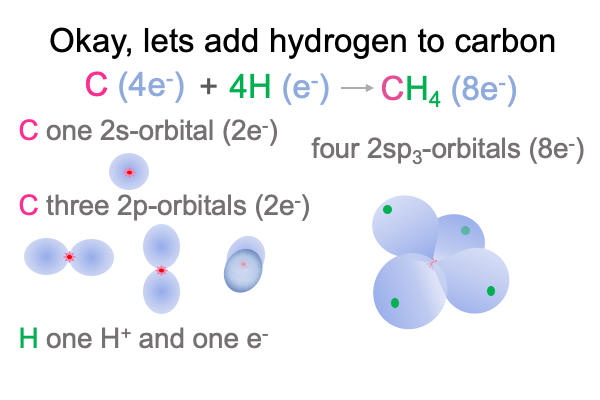
Atomic carbon has four second-level orbitals that are not fully occupied with electrons.
Methane’s carbon has four degenerate second-level orbitals that are fully occupied with electrons. Plus, methane has four hydrogen nuclei, each perched in its own fully occupied electron orbital.
0192 Every atom gets what it wants.
The carbon atom ends up with the satisfaction of four outer orbitals, configured as a hybridization of one 2s and three 2p into four 2sp3 orbitals. These four outer orbitals contain 8 electrons, two for each orbital. The positively charged carbon nucleus is symmetrically surrounded with negatively charged electron waves.
Each hydrogen atom ends up with two electrons, which would fills its 1s orbital. But, now the 1s orbital has given way to the carbon’s 2sp3 orbital. Each positively charged hydrogen nucleus is surrounded by a three-dimensional blanket of negative charge.
Plus, every negatively charged electron is magnetically paired in a standing wave. Every electron occupies a stable orbital around a positively charged nucleus.
0193 Now, three issues arise (G, H, I) from the fact that the reaction pictured above converts into the following two-level interscope.
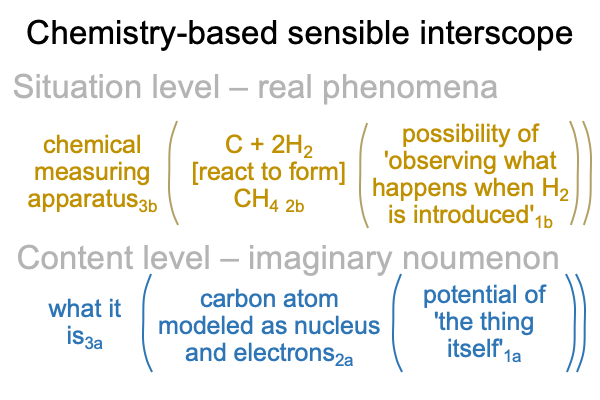
First (G), models of phenomena occupy the content-level actuality, rather than the thing itself. The carbon atom2a is already not the thing itself. It2a is an imaginary three-dimensional picture of the thing itself.
Second (H), on the situation level, a chemical apparatus3b serves as a normal context. So, the observed actuality2b is already contextualized. The apparatus3b is not part of the system that is under investigation. Yet, the content2a cannot be situated1b without it3b.
Third (I), the previous two issues offers clues as to why quantum mechanics is relevant to Zizek’s big picture. The noumenon is already veiled by a model that accounts for its phenomena. Phenomena, in turn, objectify, not the noumenon, but the model.
And, I may add (I’) a note that the noumenon, the natural habitus of the thing itself2a, even as reconfigured as a model2a, is annihilated when measurement occurs.
The reagents are gone. The products remain.
0194 The Real annihilates the Imaginary.

